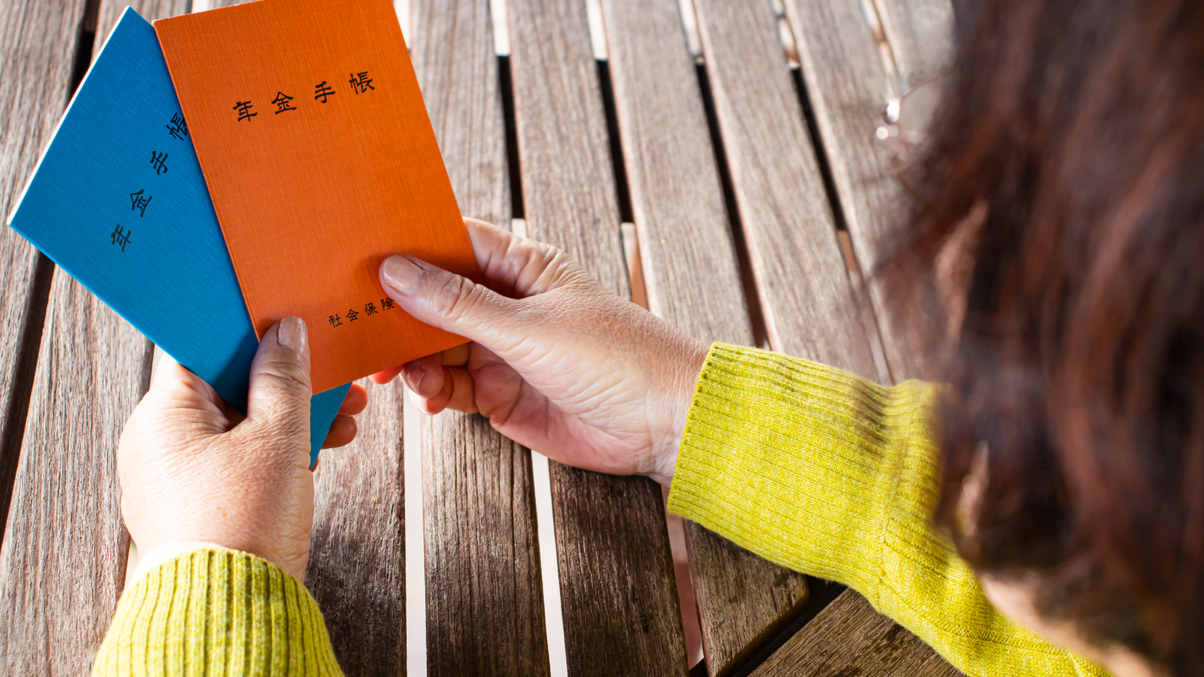Why Japan’s pension savers are looking to personal plans
The country's private sector employees are increasingly looking to personal pension savings, dubbed Ideco, over concerns they aren't putting enough aside for retirement.

As Japan's private sector pension providers increasingly transition towards direct contribution plans, employees are increasingly beginning to consider whether it's best to manage their pension savings themselves.
Sign In to Your Account
Access Exclusive AsianInvestor Content!
Please sign in to your subscription to unlock full access to our premium AI resources.
Free Registration & 7-Day Trial
Register now to enjoy a 7-day free trial—no registration fees required. Click the link to get started.
Note: This free trial is a one-time offer.
¬ Haymarket Media Limited. All rights reserved.


